The PHE is transfers heat from the Heat Transfer Fluid, and heats the sCO2 to a temperature as close as feasible to the flue gas temperature. The cooled HTF exits the PHE, and flows in a closed circuit to the WHRU, for reheating.
The cooler is designed as a tubular heat exchanging core, consisting of an array of pressure tubes, containing the sCO2 flow. The Heat Transfer Fluid flows around and between the pressurised sCO2 tubes, thereby heating the sCO2 flow. The tubular array sits in a shell, containing the hot, pressurised HTF.
The design of the PHE is derived from Bosal’s line of heaters for pressurised fluids.
(The above picture depicts a detail of a Bosal heater of 0,5 MW, showing the exit of a tubular array, and the hot (red) and cooled (blue) fluid paths)
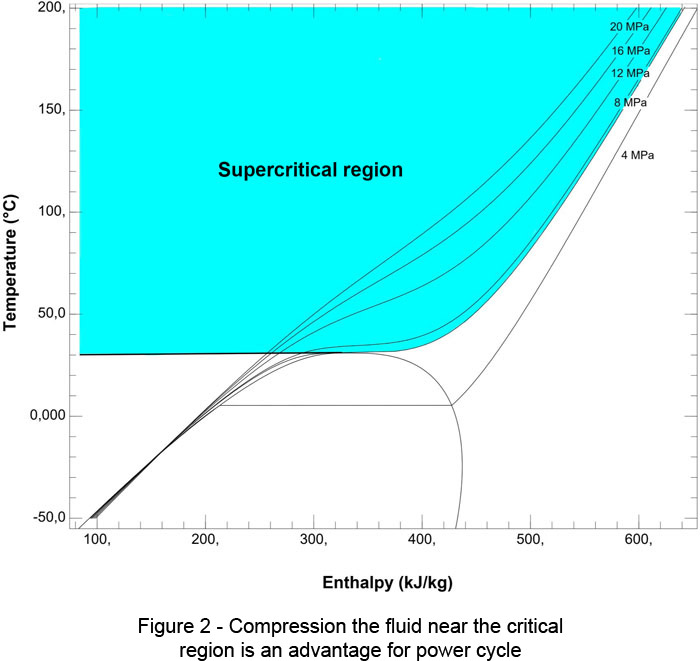


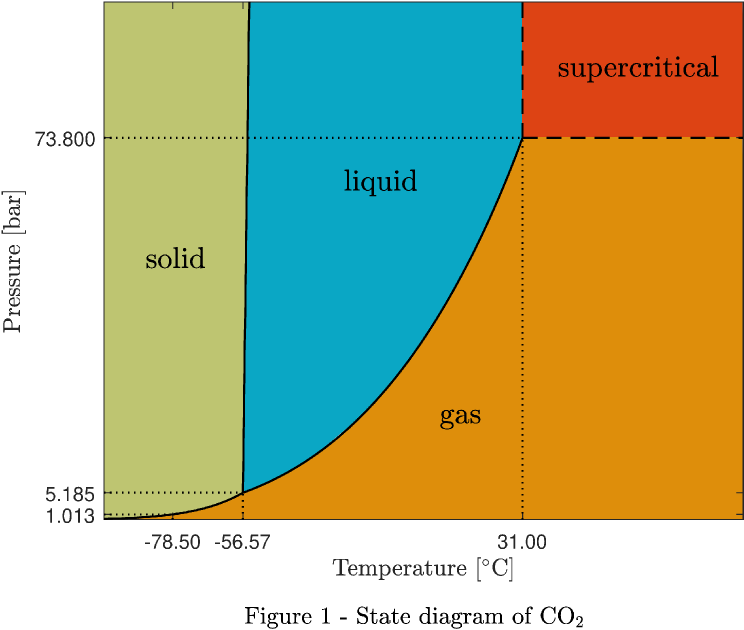
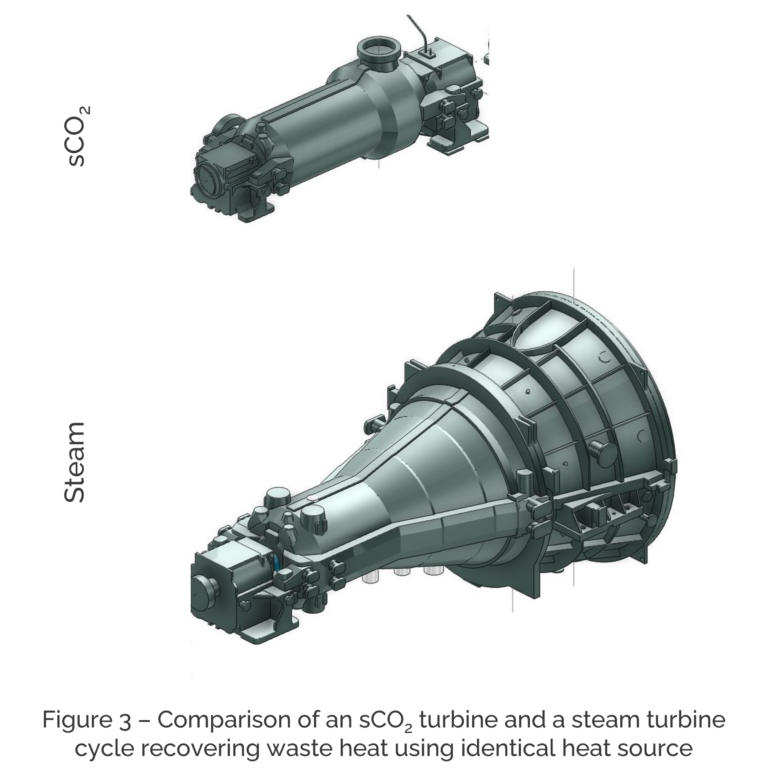
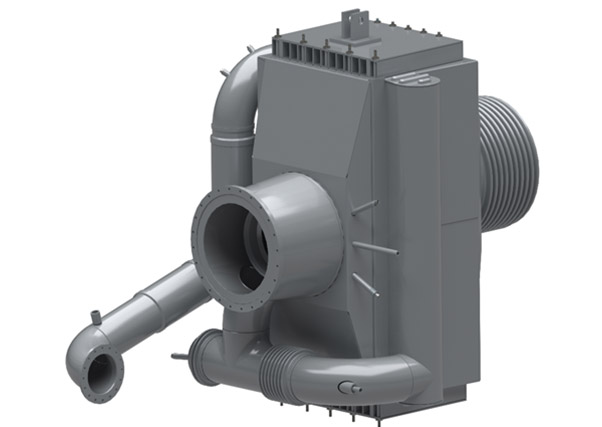



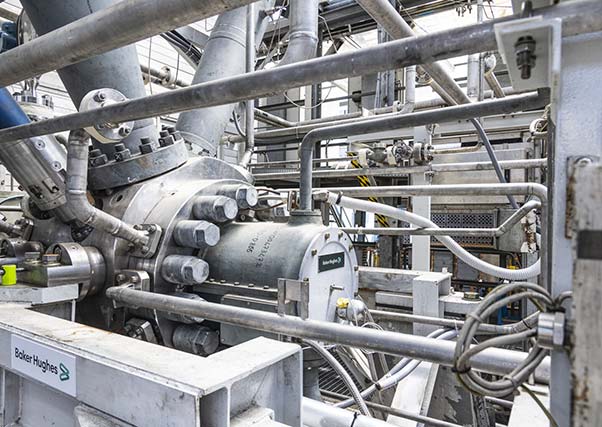


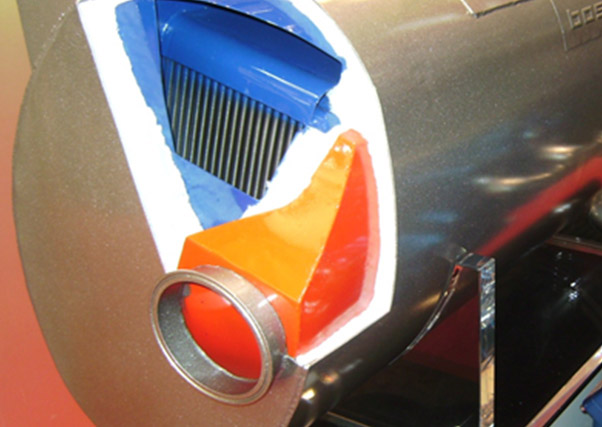


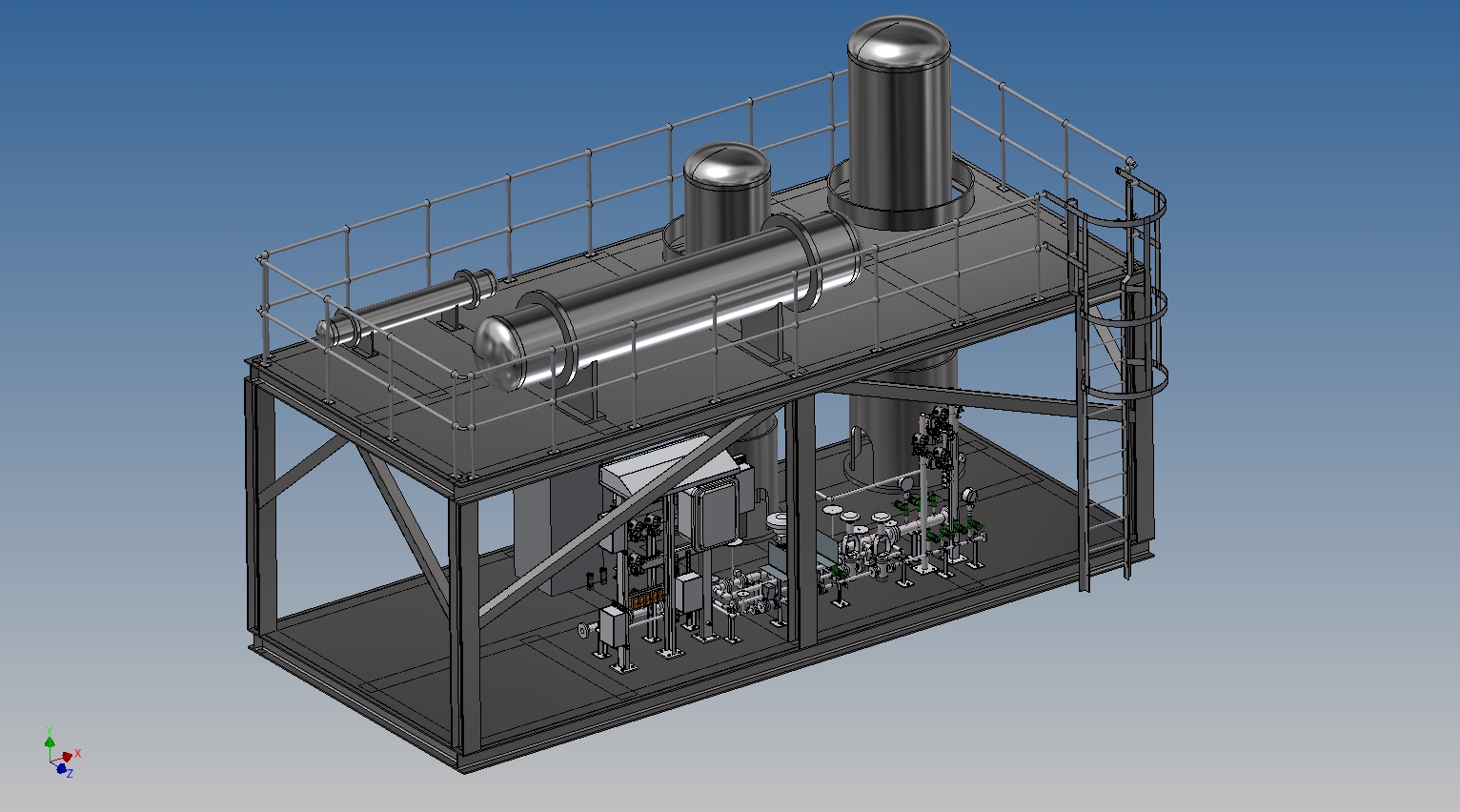


 This project has received funding from the European Union’s Horizon 2020 research and innovation programme under grant agreement N° 101022831
This project has received funding from the European Union’s Horizon 2020 research and innovation programme under grant agreement N° 101022831 